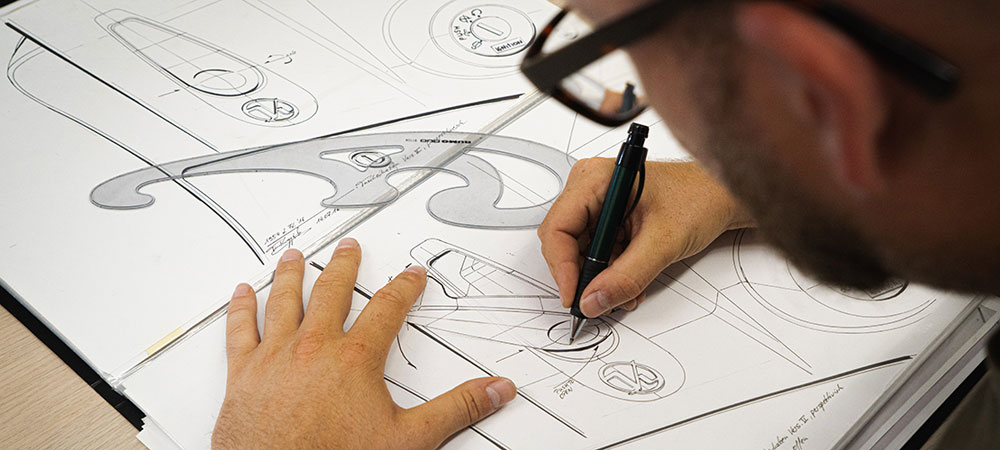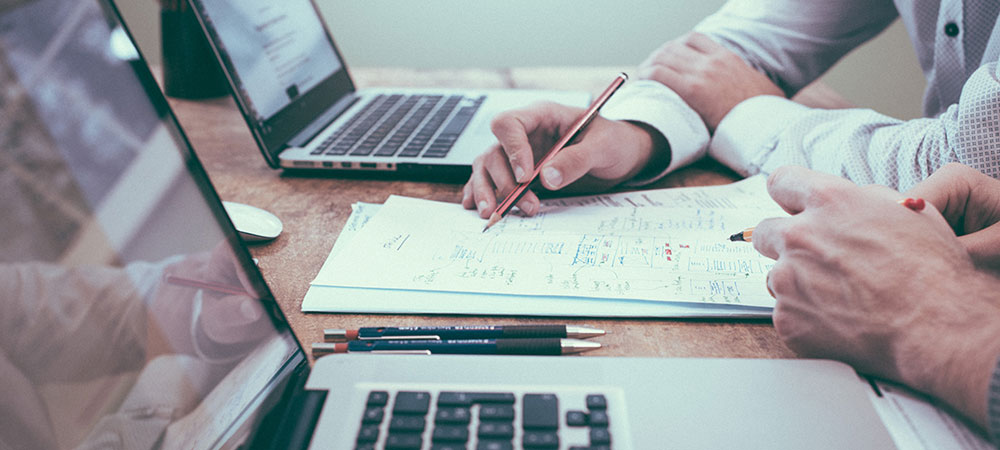The tool design process involves several steps, including identifying the need for a tool, researching existing solutions, developing specifications for the tool, creating a prototype, testing the prototype, and refining the design based on feedback. This process can involve collaboration between different teams, such as engineers, designers, and users. The goal of the tool design process is to create a tool that effectively meets the identified need and is easy and intuitive to use. To carry out these responsibilities, tool designers have expertise in shop practices, tool-making procedures, machine tool design, and manufacturing as well as more conventional skills. The tool designers’ main objective is to improve productivity while maintaining quality and lowering costs.
The process of tool design
January 4, 2023
By Annie Everill
What is tool design?

Objectives of tool design
Each design process and tool design itself must be created with shared objectives in mind. No matter how well a tool functions, if it costs more to make than it saves in production, the main objective has not been met. Here are the main objectives involved in tool design.
- Reduce the overall cost
- Increase the production rate by designing reliable and functioning tools
- Maintain quality with the required precision
- Reduce the cost of special tooling, making it as cost-effective and efficient as possible
- Design tools that are safe to use, operate and maintain
The tool design process
The tool design process consists of five basic steps which include statement and analysis, analysis of the requirements, development of initial ideas, development of possible design alternatives, and finalisation of design ideas. While these five steps are referred to as different tasks, each overlaps the others during the process. Like many other aspects of manufacturing, tool design is an ongoing process of creative problem-solving.

Statement and analysis
The first step when designing any tool is to define the problem or objective that needs to be solved or met in the toolmaking process. This may be an assessment of what the tool is expected to do or could be an issue encountered in production where tooling may be beneficial. Once the extent of the problem has been discussed and finalised, decisions can be made by following the remaining steps.
Analysis of requirements
After the primary problem has been identified, the requirements, including function, production, quality, cost, finishing date, and other specifics can be used to determine the parameters within which the designer must work.
Common requirements include:
Perform the correct functions
Meet minimum precision requirements
Keep costs to a minimum
Meet the desired production schedule
Meet health and safety standards
Be user and machine friendly
Have an acceptable working life
Development of initial ideas
Initial design ideas are usually discussed and finalised after research and data have been carried out. This data consists of the part print, process sheet, engineering notes, production schedules, and other related information. While evaluating these results, the designer will then take notes to ensure they have everything they need and have each specific detail before the design process begins. In many cases, the designer and planner work together to develop the initial design parameters.
Development of tool design alternatives
Ideas are discussed, noted down and developed within a team during the initial concept phase of tool design. These ideas will vary and offer many options in regard to the final production and design idea. All design alternatives will be stored and saved for potential future use. All design alternatives will be planned based on features such as function, production requirements, quality, cost and due date.
Final tool design ideas
Once the initial design ideas and alternatives have been decided, each element will then be analysed by the designers who will proceed with the most efficient and successful final tool design. The tool designer or designers must evaluate the strong points of each idea discussed and weigh them against each other to come up with the best possible outcome. The best design is typically a compromise between the basic criteria of function, production requirements, quality, cost, due date, and other requirements. The final design will then be created through high-tech systems, typically CAD and CAM software in which most manufacturers will also produce a 3D model. This technology is beneficial for both the designer and the customer as it presents detail, accuracy and a realistic outcome.

Tool Design Services
Pro-Moulds will work with you to make sure your initial tool design and thought process can come to life, creating both simple and detailed briefs to get the ball rolling! We work by your side through the whole toolmaking process, taking you from the initial phone call all the way to the final product.
Please contact us on 01623 904 417 to get your design journey started!
